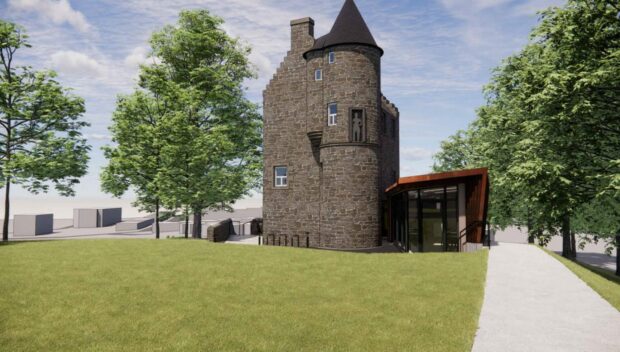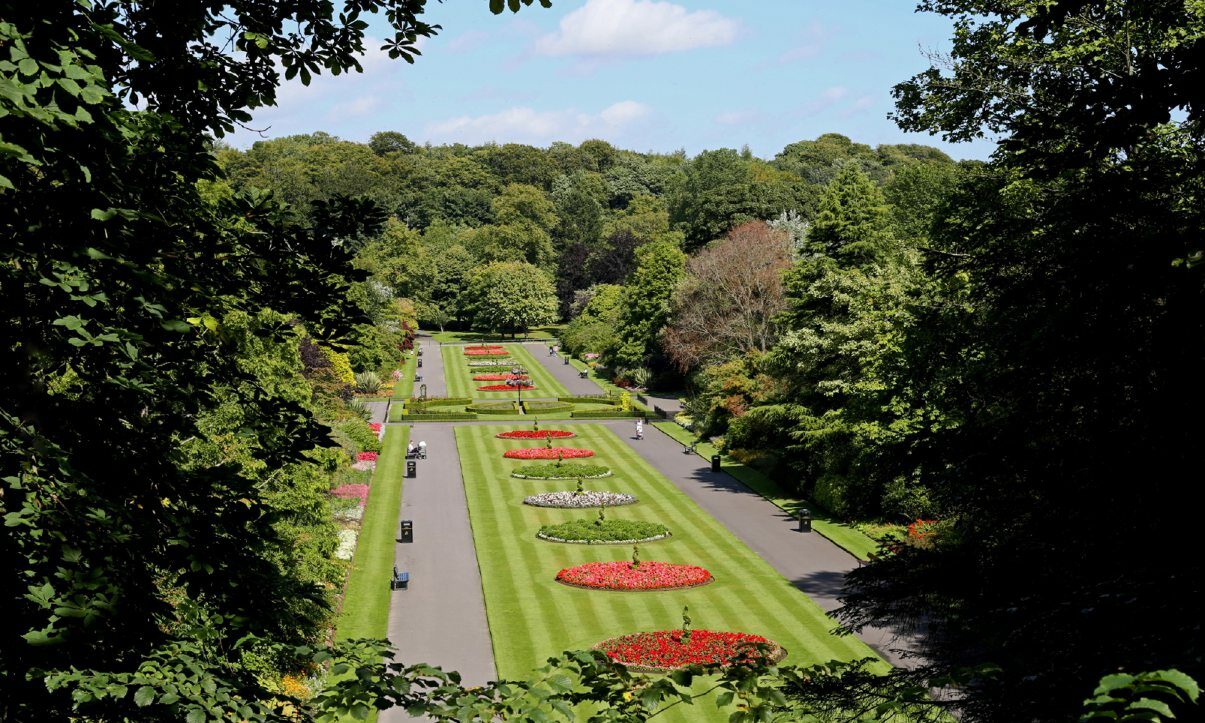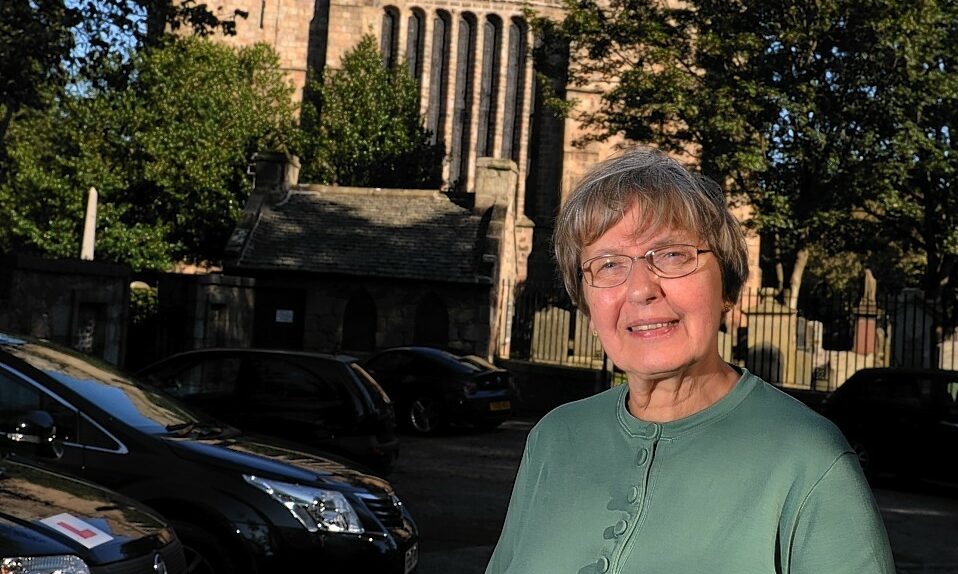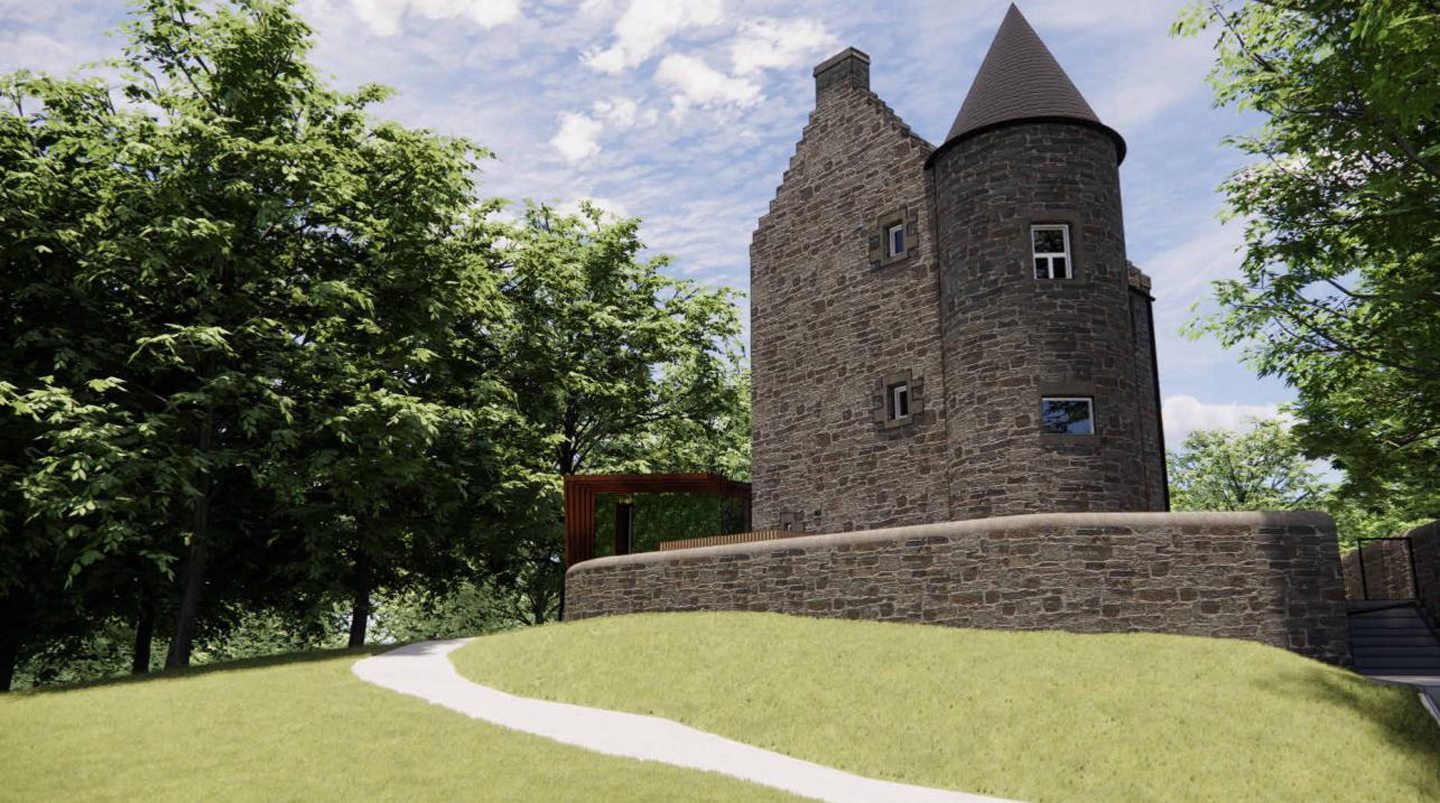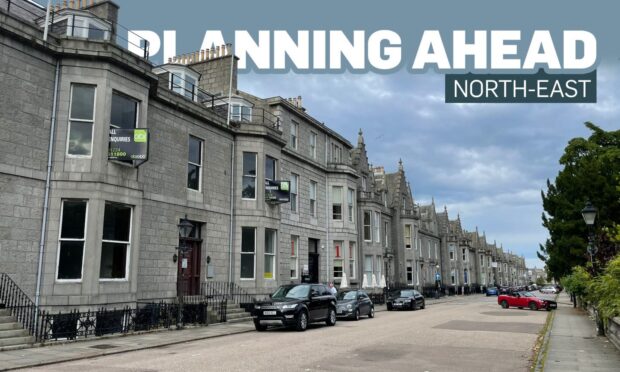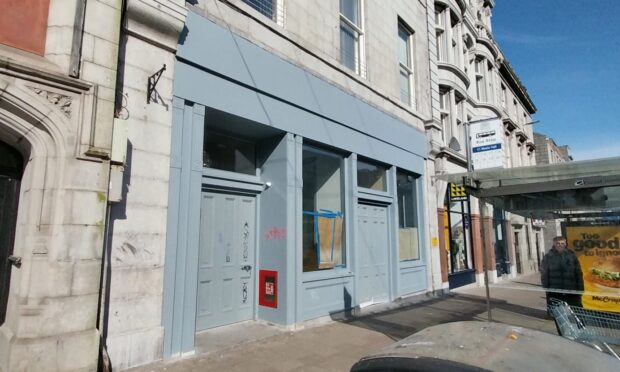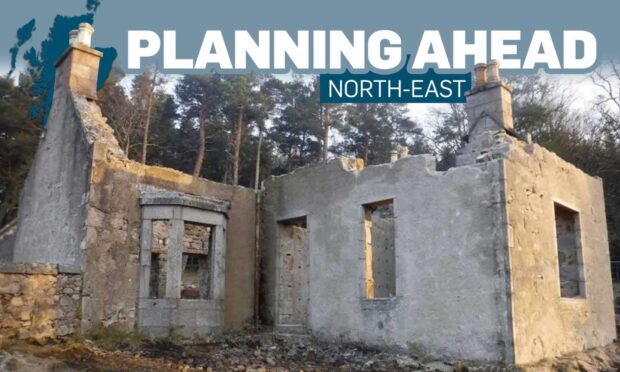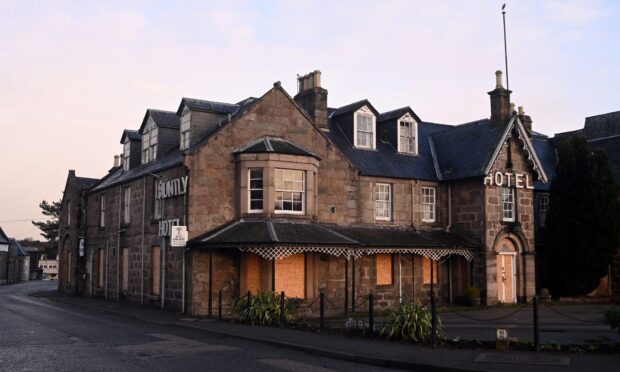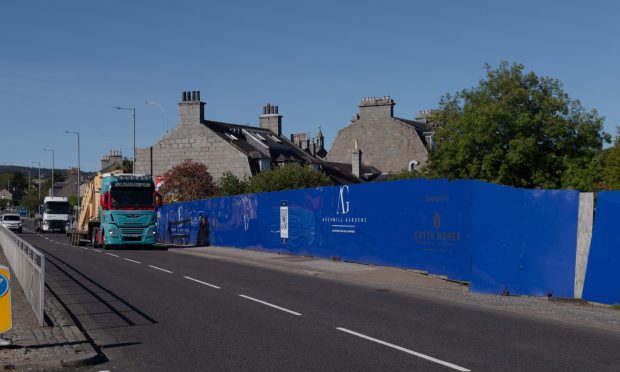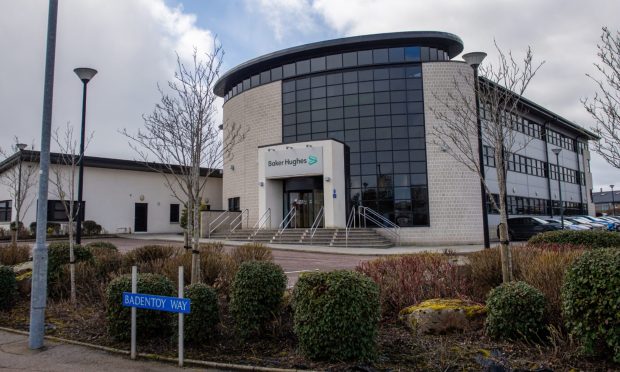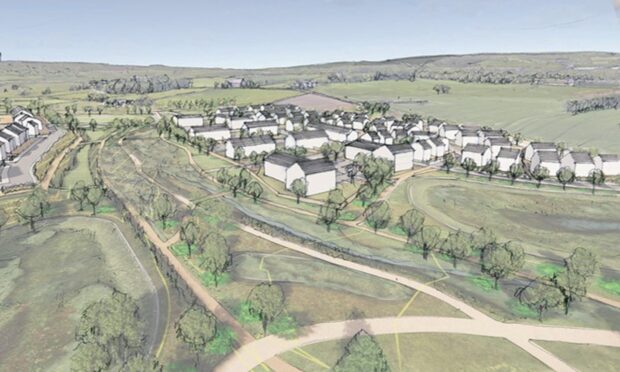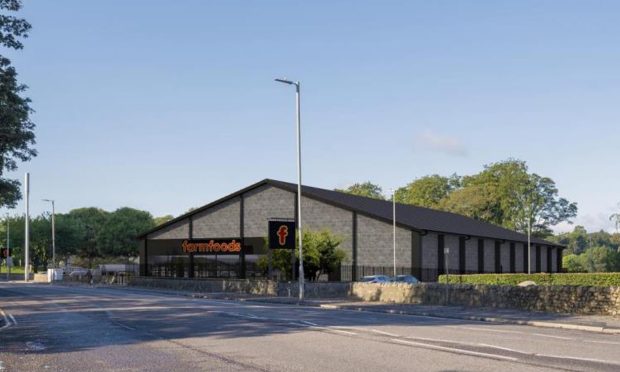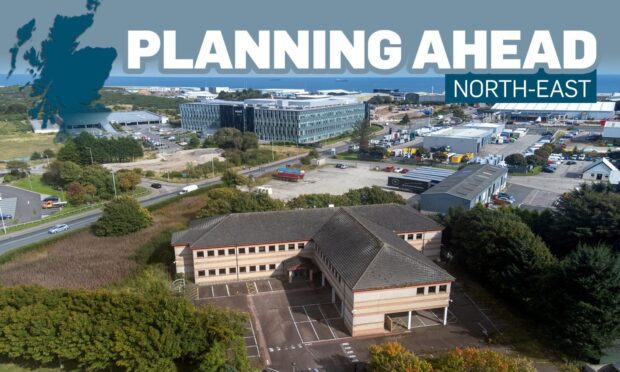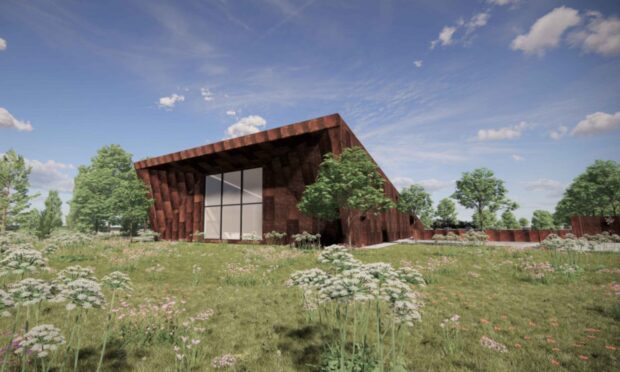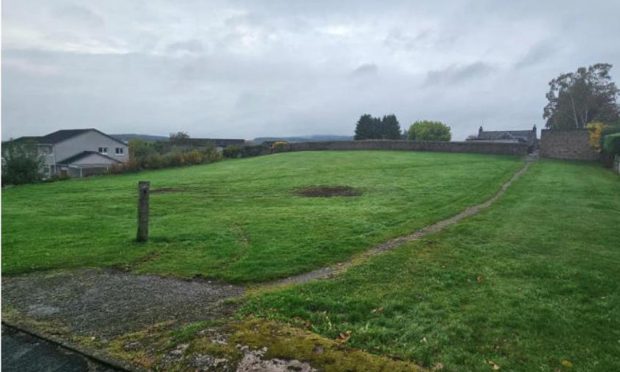An Aberdeen landmark will be saved from ruin with plans to convert it into a cafe finally given the go-ahead.
The Tillydrone Community Development Trust (TCDT) has been granted permission to transform the derelict Wallace Tower on the edge of Seaton Park.
The decision came despite concerns about the impact of a new glass extension on the traditional B-listed building.
And local environmentalists fought to protect trees destined for the chop as part of the project.
Wallace Tower’s unusual history
The 16th century monument, also known as Benholm Lodge, was taken down brick by brick and moved from the city centre to Tillydrone to make way for Marks and Spencer in the 1960s.
It was a home until the 1990s, at which point it was left empty and began slipping into disrepair.
The TCDT has been working on its plans for years, saying this “is the only option for the building to be converted and restored”.
They will now be able to save it from further ruin by turning the ground floor into a cafe, with additional seating in the extension to the rear.
There will be community space and an office in the upper levels.
Why did locals fight AGAINST the changes?
Old Aberdeen Community Council objected to the scheme, saying the loss of eight trees to make way for the extension had “not been justified”.
They were backed by the Friends of Seaton Park, who claimed the development would have an adverse impact on the bats and red squirrels who call the beauty spot home.
Member Dr Margaret Sleeman addressed the planning committee, highlighting their various efforts to boost biodiversity across the park.
She said red squirrels had been seen in the 100-year-old beech trees destined to be felled, while bats would be disturbed by the proposed lighting on Wallace Tower as they head to the River Don to feed on insects.
The academic, with a background in medieval history, said the Friends of Seaton Park “deplore” the idea of chopping down healthy trees.
Why were the Wallace Tower plans approved?
Council officers acknowledged that dozens of locals were against the renovation of the stagnant structure – accepting various concerns around nature and wildlife.
However, they argued it was more important to salvage the historic site.
Planning chiefs told the meeting Wallace Tower had been on the Buildings at Risk Register since 2005, and they praised the “high quality, well considered designs” put forward.
Senior planning officer Dineke Brasier urged elected members to think about the “wider benefits of bringing the building back into use”.
Councillors unanimously voted in favour of the proposal.
Speaking afterwards a dejected Dr Sleeman told us of her fears for local wildlife.
She said that, personally, she would have preferred the building to be revived as a small museum.
You can see the newly approved Wallace Tower plans here.
